More than half of India's employed people earn less than Rs 134 a day
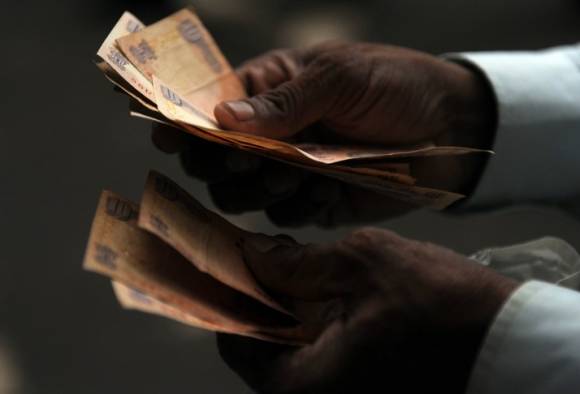
More than half of India’s estimated 480-million employed people are working poor, earning less than $2 (Rs134) per day, according to a new UN report on human development released today.
The Human Development Index report from the UN Development Programme has documented over 55 per cent of India’s workforce as earning less than $2 a day, compared to about 20 per cent of working poor in China.
The HDI report, which ranks nations through measures of the standard of living, income and life expectancy has pulled India five notches higher to a global rank of 130 of 188 countries from the last assessment mainly because of a rise in life expectancy and per capita income.
Norway is at the top of the list, followed by Australia and Switzerland. Bangladesh has been ranked 142 and Pakistan 147. India has lowest rank among the five large emerging economies – Brazil, Russia India, China and South Africa. China is ranked 90.
An accompanying note released by the UNDP has also attributed India’s low rank on the HDI to inequality in education.
A senior educationist who was formerly faculty member at the University of Delhi said the government’s low investment in education is a key factor driving the inequity in education.
“Every single country with universalised elementary education has done it through state support, but India is privatising school education and is in the process of commoditising higher education,” said Madhu Prasad, formerly professor of philosophy at the Zakir Husain College. “By 2020, over 50 per cent of children will be paying for elementary education.”
24.2857px;">
The HDI report has also cautioned that governments should not treat employment as a derivative of economic growth and calls on governments to launch fresh employment strategies while seeking to equip workers, especially youth and women with new skills.
“The government of India is on a strong footing through national programmes such as the National Rural Employment Guarantee Act, Skill India, Digital India and Make in India in place,” said Yuri Afanasiev, the UN resident representative in India, in a media release. “A greater focus on work (opportunities), especially for women and youth will undoubtedly ensure success.”
The report has also referred to India’s declining participation of women in its workforce – from 35 per cent in 1990 to 27 per cent in 2013 – citing this drop as having impacted the global rates of women in the workforce.
It has suggested that steps to encourage and expand access to the Internet could help boost employment, citing a 2014 study by Deloitte, a consultancy organisation, that had suggested that greater Internet access could help create 65 million new jobs in India – the equivalent of providing employment to over 10 times the population of Calcutta.
Those unconnected to the Internet in India – as in other developing countries – are the poorest or the disadvantaged. In 2013, only 39 per cent of women in India were connected to the Internet compared to 61 per cent of men.
The number of people in India employed in the information and communication sectors jumped from 284,000 in 2000 to over 2.26 million by 2010. During this period, India also emerged a strong destination for offshore service jobs.
But the HDI report has cautioned that offshore destinations are becoming increasingly diversified with offshore services growing in the Russian Federation, Latin America and Africa.
AIMIM News
Latest Urdu News
Most Viewed
Can Lionel Messi's visit boost Indian football?


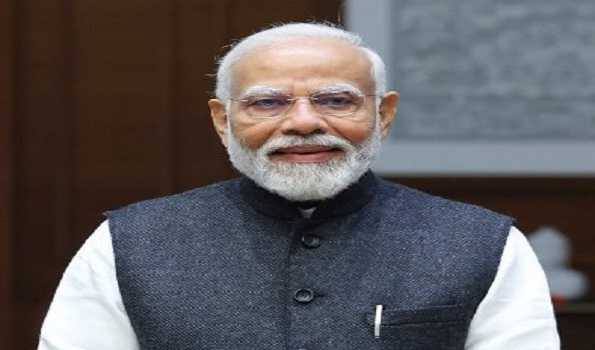
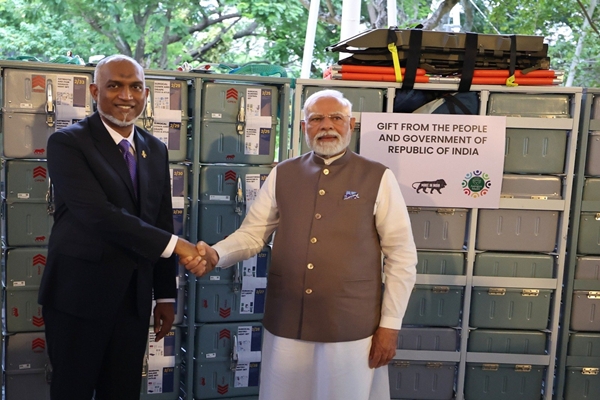
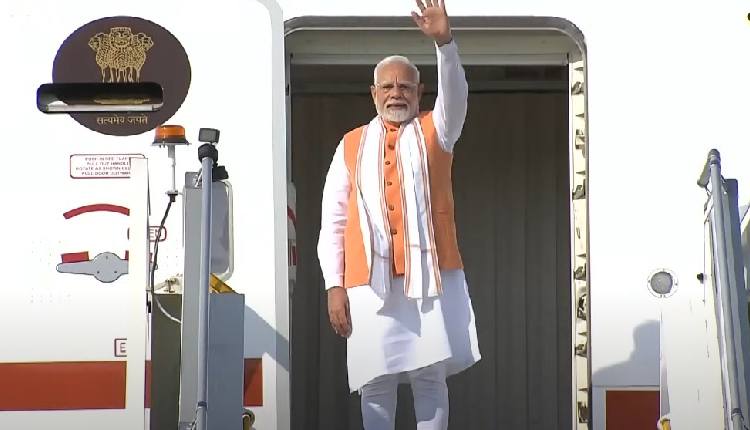
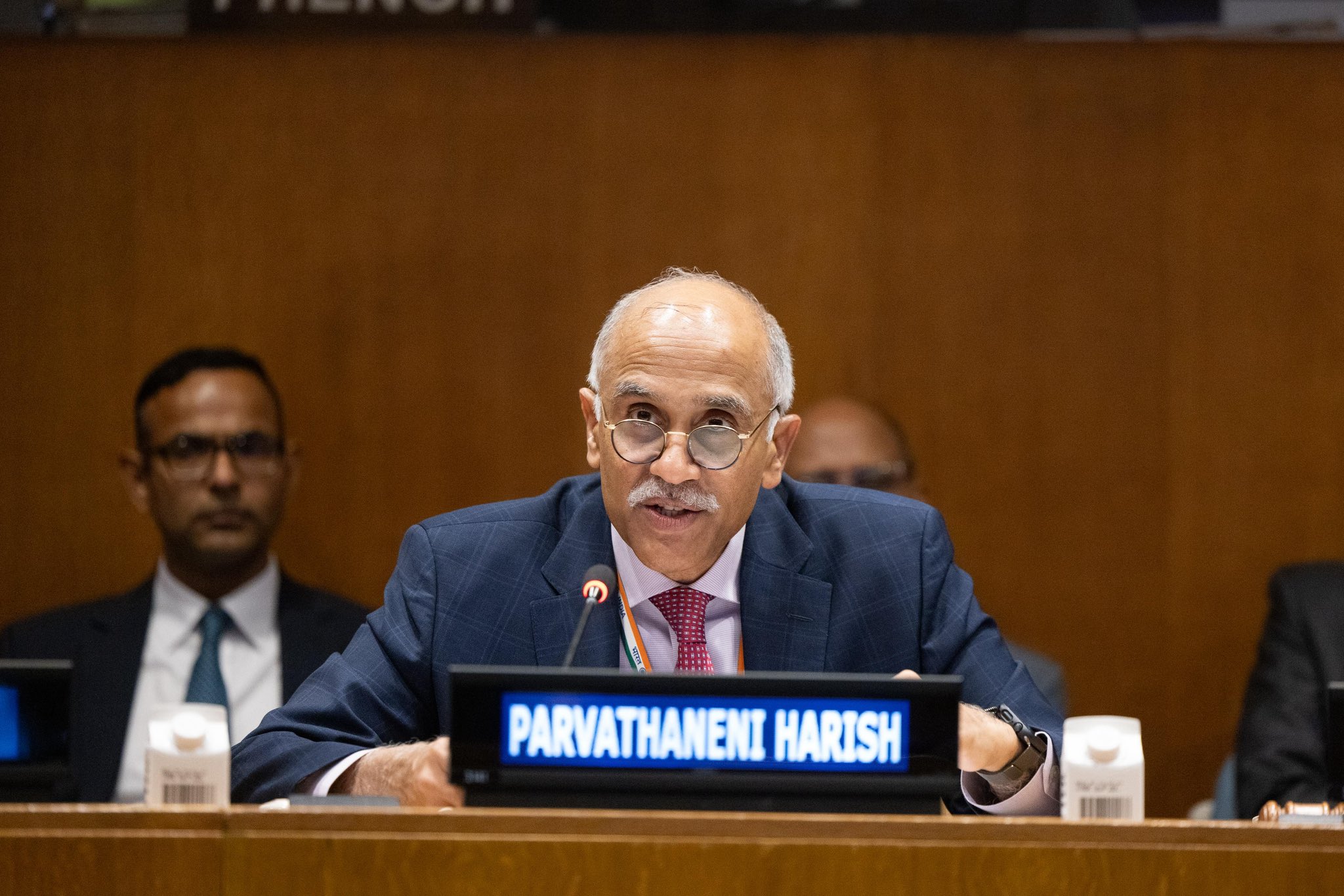
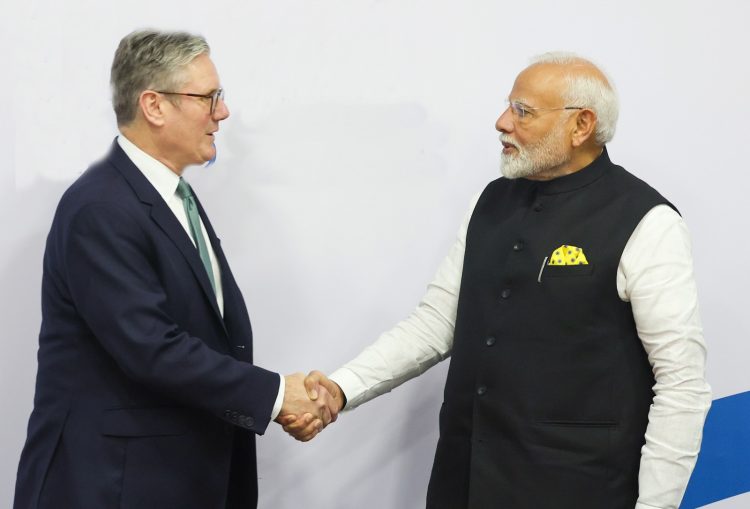
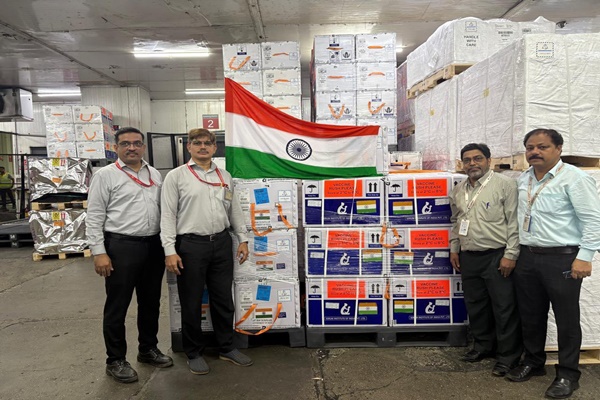
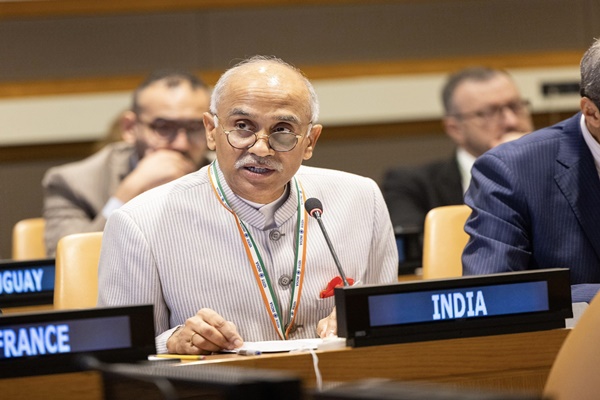
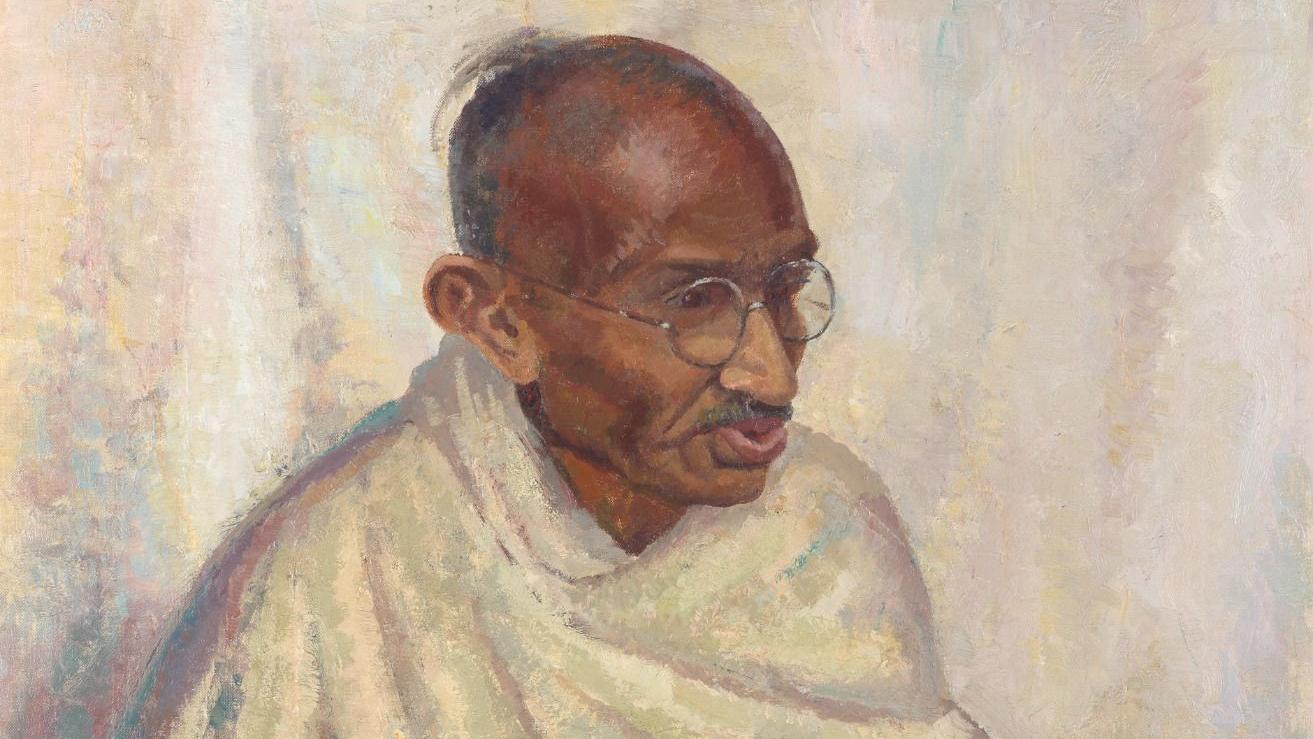
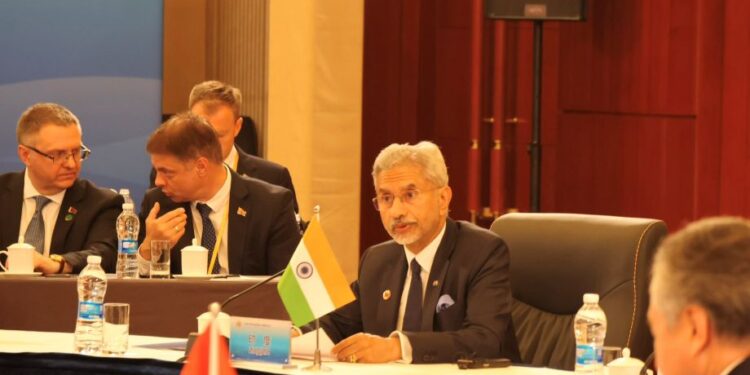
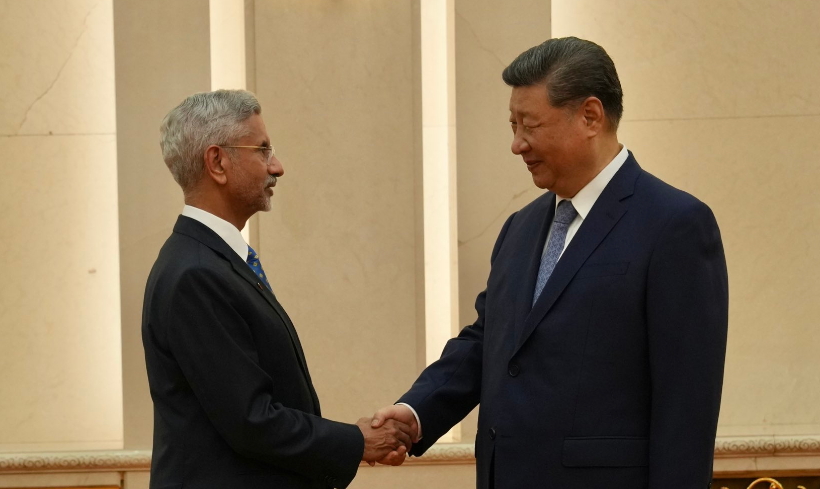
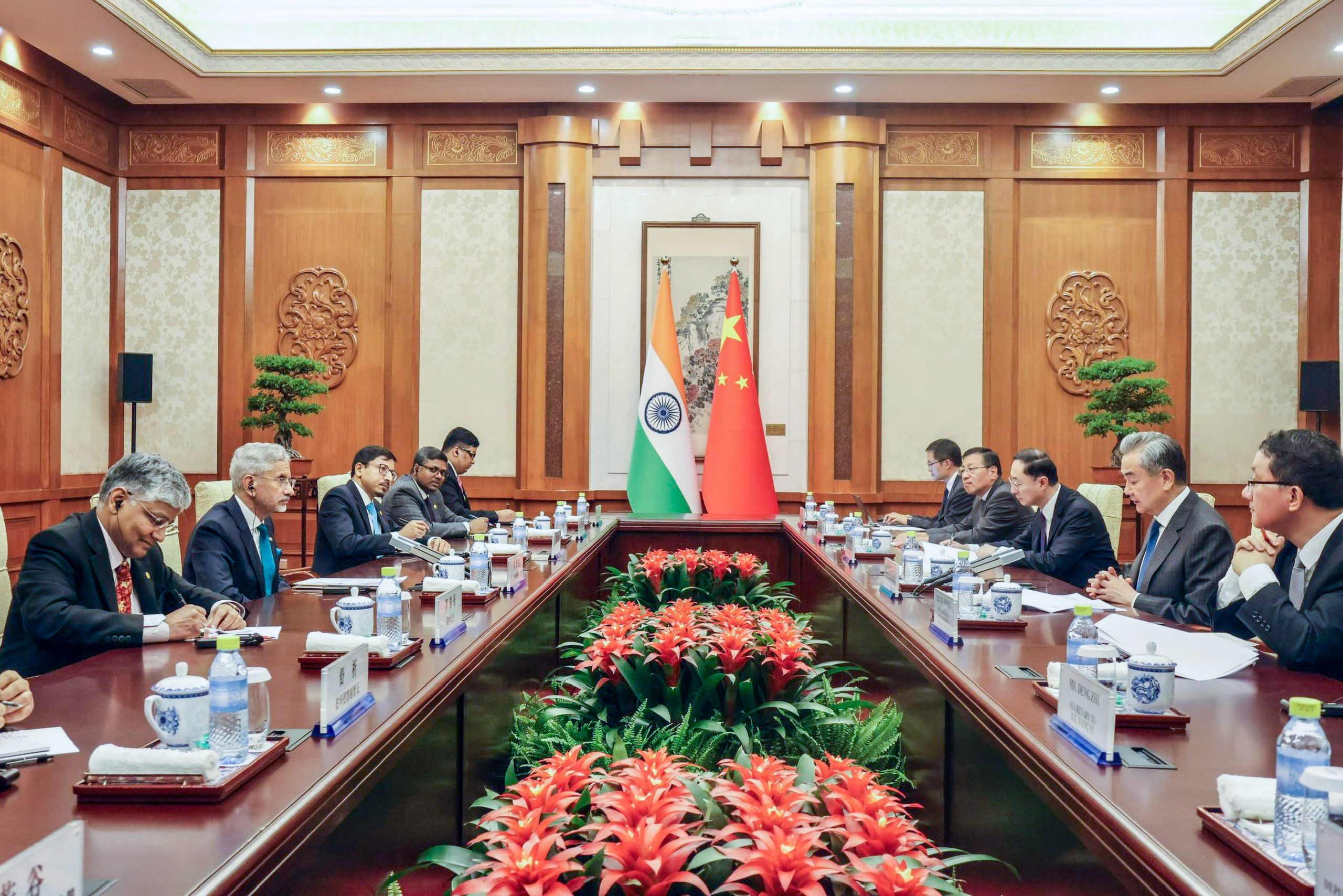

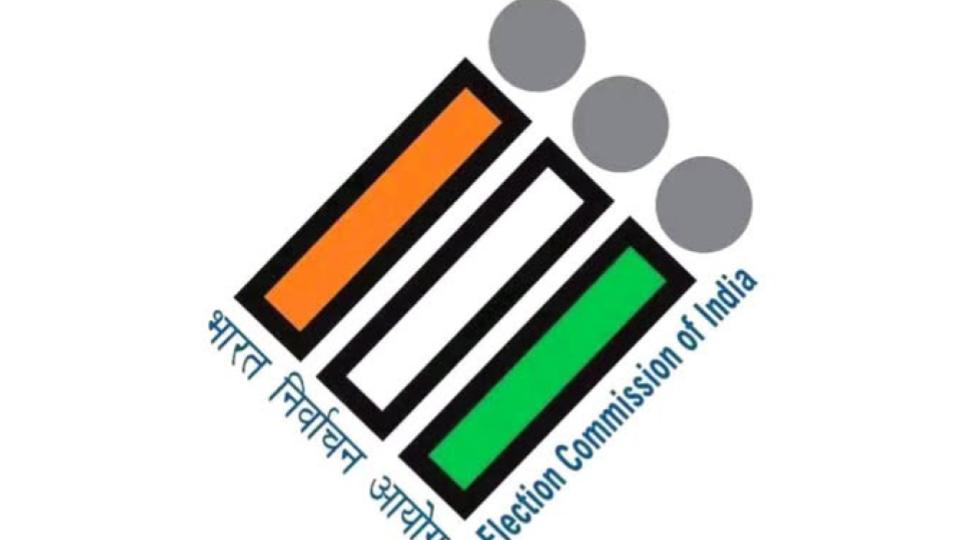

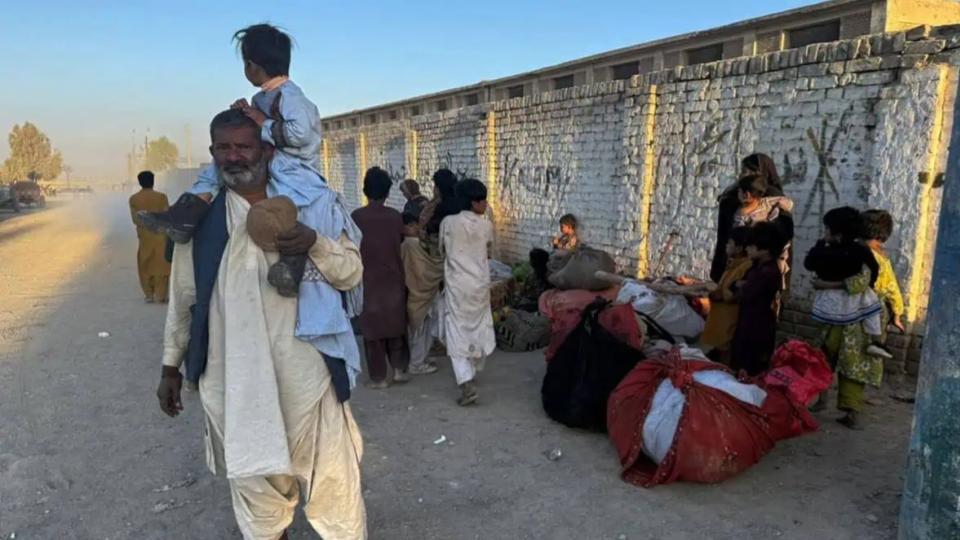
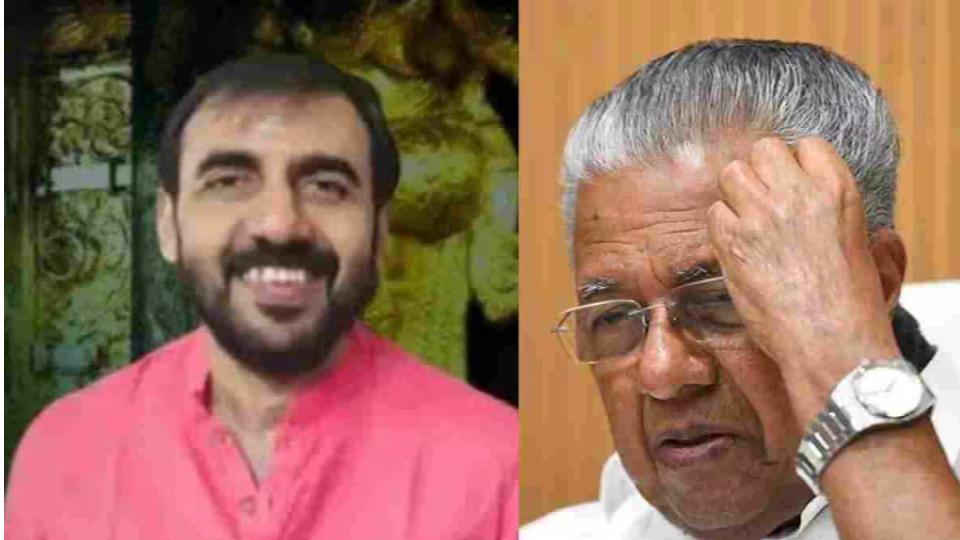


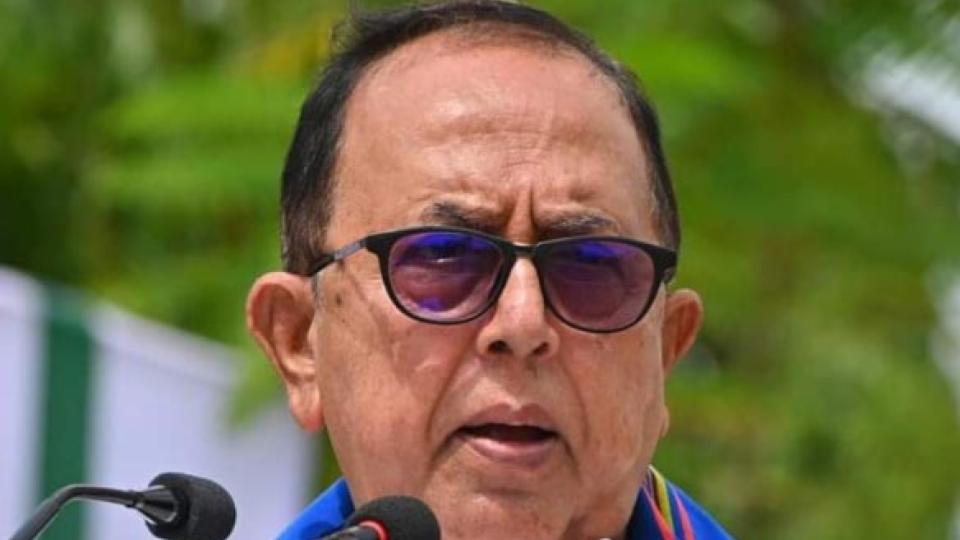

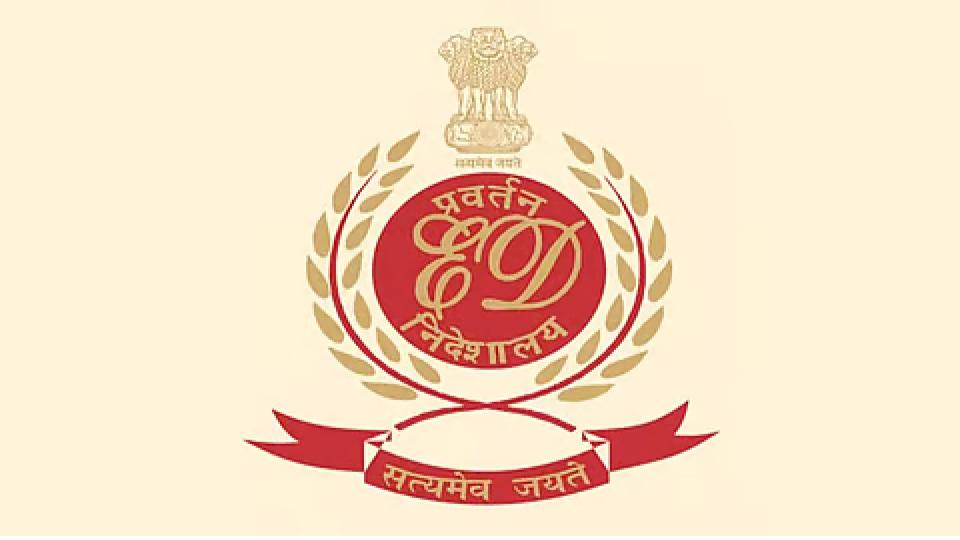
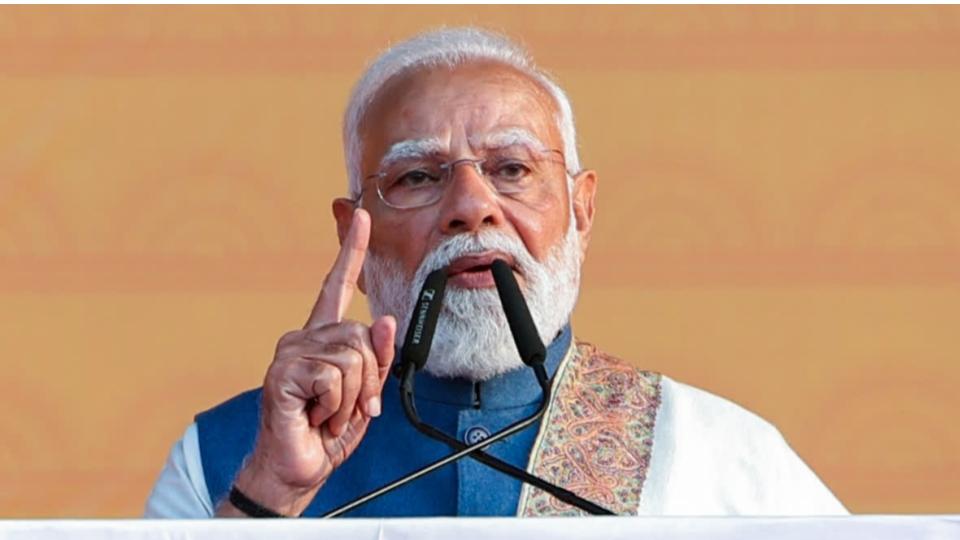













.jpg)
.jpg)
.jpg)


